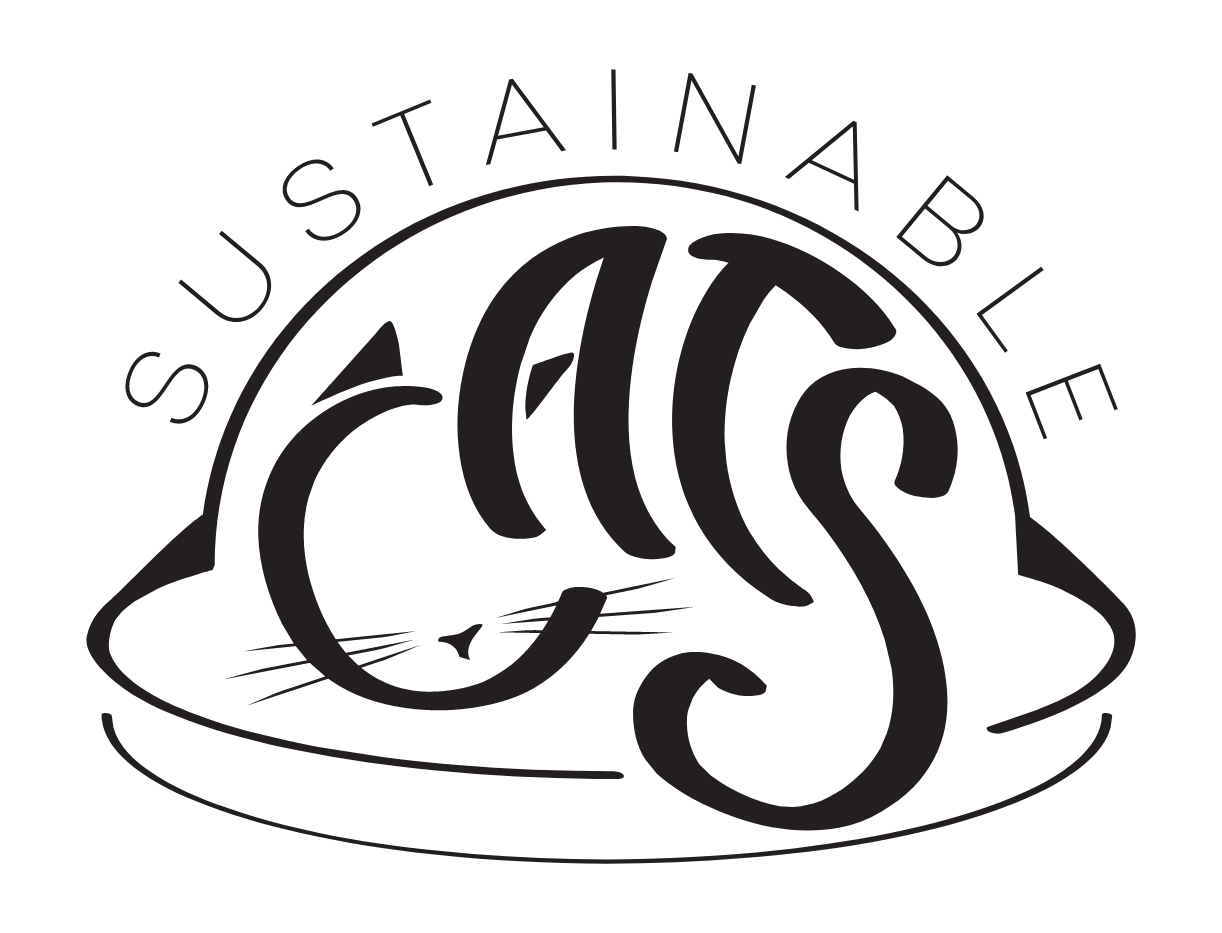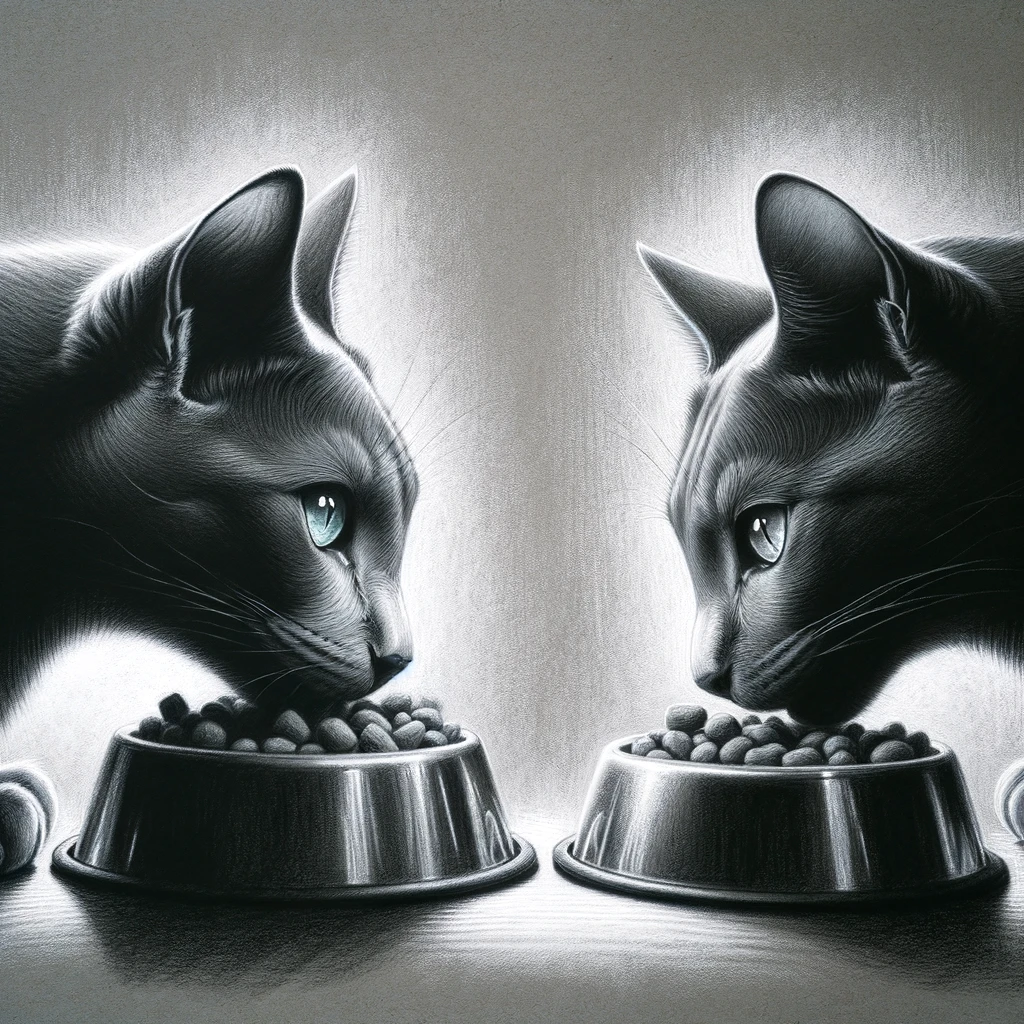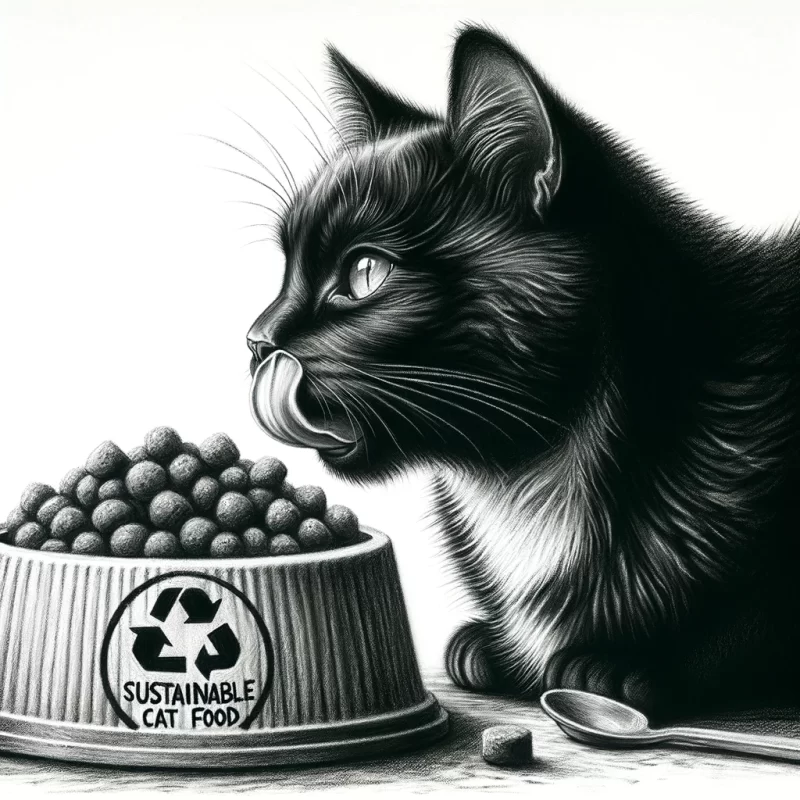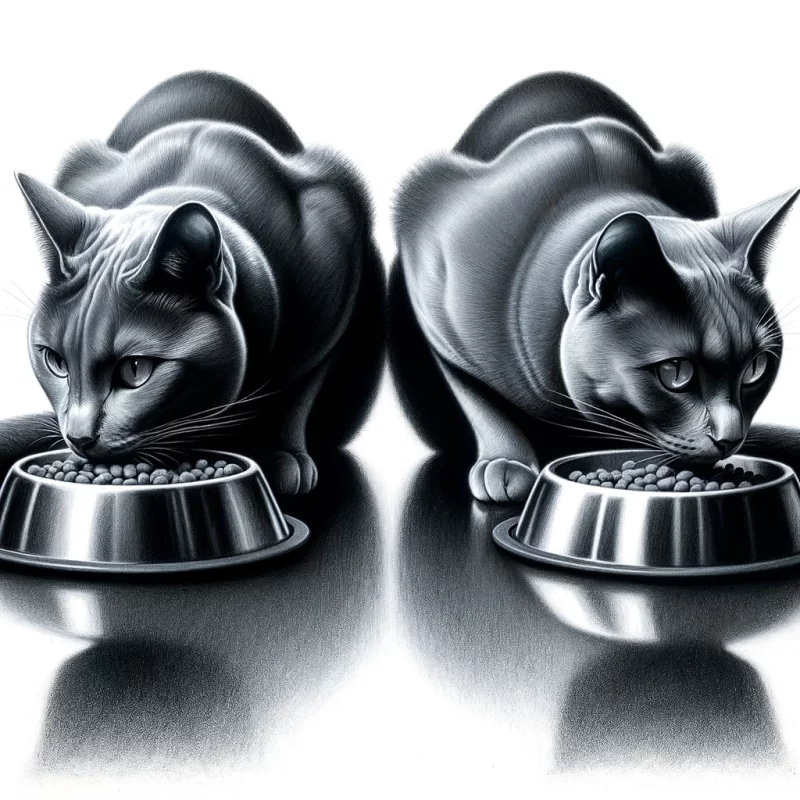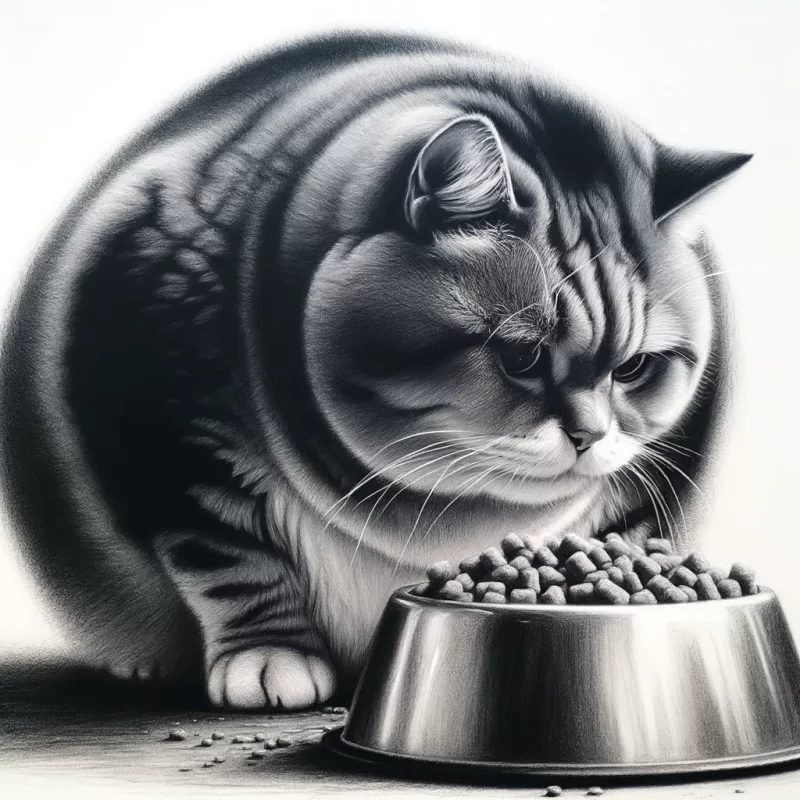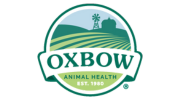Optimal cat food choices should now be the answer to this question more than ever: Is your cat’s dinner plate as eco-friendly as it is nutritious? The time has come to consider the delicate balance required between health and sustainability.
Sourcing cat food sustainably often clashes with their innate carnivorous dietary needs, posing a significant problem for eco-conscious owners.
We must harmonise the imperative for nutritional adequacy with our ecological convictions, discerning solutions that respect the planet and our feline companions’ well-being.
Deciphering Cat Nutrition Essentials
Cats are obligate carnivores, necessitating a diet rich in animal proteins to sustain their complex physiological processes. Essential amino acids like taurine, arginine, and methionine cannot be synthesised in sufficient quantities endogenously, making their presence in a cat’s diet non-negotiable for maintaining optimal health. Thus, sourcing ethically-raised meat or even exploring novel protein options becomes critical for a sustainable yet nourishing diet.
The ecological paw print of a feline’s sustenance is significantly tied to the meat industry, known for its hefty environmental impact. By integrating options such as recaptured fisheries byproducts or insect-based proteins, we can markedly reduce the carbon footprint of our cats’ diets without compromising the much-needed high-quality protein content. This pivots towards a sustainable future, ensuring that our cats thrive on a diet in harmony with the Earth’s well-being.
Balancing Macronutrients for Feline Health
Cats require a precise balance of proteins, fats, and carbohydrates to maintain their robust health and vitality.
High-quality protein is integral to feline health, providing energy and essential amino acids.
A diet with inadequate protein can lead to serious health issues such as muscle wasting and a compromised immune system, as cats metabolise proteins differently from other animals.
Ensuring the right fats in a cat’s diet is also critical, particularly omega-3 and omega-6 fatty acids, which support cognitive function, skin health, and coat sheen.
Key Vitamins and Minerals
Specific vitamins and minerals in cat health rise above others in their significance. Taurine, an essential amino acid, is particularly vital for cats as it supports cardiac function, development of the retina, and reproductive health.
Moreover, a balanced intake of vitamins such as A, D, E, and K and minerals like calcium, phosphorus, and magnesium are indispensable for maintaining a cat’s bodily processes. The interdependencies between these nutrients are complex; for example, Vitamin D aids in calcium absorption, vital for bone structure and muscle function. Deficiencies or excesses of these nutrients can lead to adverse health outcomes, necessitating a carefully composed diet.
Additionally, trace minerals such as zinc, selenium, and iodine are crucial in sustaining feline health. While required in smaller quantities, these components help maintain immune function, enzymatic processes, and thyroid metabolism. The precise calibration of these trace elements is essential for preventing nutritional imbalances.
Finally, when selecting cat food with an eye towards sustainability, it is critical to ensure that these essential vitamins and minerals are sourced and included responsibly. Naturally derived vitamins and chelated minerals can enhance bioavailability and absorption, promoting optimal health. Selecting food brands that are transparent about their sourcing and committed to environmental stewardship can support this objective, aligning feline nutrition with sustainable practices.
Sustainable Protein Sources in Cat Food
In the realm of feline nutrition, incorporating sustainable protein sources is paramount. Traditional livestock proteins, while nutritious, often carry a heavy environmental footprint, prompting a shift towards more eco-conscious alternatives. Cultivating protein from lower-impact sources such as insects or select seafood can significantly reduce the ecological burden without compromising the nutritional integrity that carnivorous pets require.
To further advance sustainability in cat food, conscientious consideration must be given to novel protein sources. Plant-derived proteins, such as peas or lentils, can serve as complementary components in a feline diet when used judiciously, given cats’ obligate carnivorous nature. These plant-based additions can contribute to a smaller environmental footprint in balance with animal proteins. Studies examining the long-term health implications of these ingredients are integral in evaluating their suitability for inclusion in cat diet formulations.
Ethical Animal-Based Options
Choosing sustainable cat food hinges on selecting responsible animal-based sources.
- Marine Stewardship Council (MSC)-Certified Seafood: Opt for brands utilising MSC-certified fish, ensuring sustainable fishing practices.
- Pasture-Raised Meat: Support farms with pasture-raised livestock, where animals enjoy better welfare and result in a lower environmental impact.
- Byproduct Utilization: Companies using animal byproducts reduce waste and are often more sustainable.
- Insect Protein: Seek foods incorporating proteins from insects reared on organic waste, offering a high-quality nutrient profile with minimal environmental impact. Transparent sourcing of ingredients is critical for informed decisions. Incorporating these options can mitigate the ecological footprint of our feline companions, harmonising health and sustainability.
Investigating Plant-Based Alternates
Plant-based alternatives warrant serious consideration in the search for sustainable cat nutrition, given their potential to alleviate strain on animal resources, reduce greenhouse gas emissions, and contribute to a smaller ecological footprint.
Yet, one must pay attention to cats’ obligate predatory nature, which dictates a diet rich in animal-derived nutrients.
Nevertheless, advances in nutritional science may enable the formulation of plant-based diets augmented with synthetic amino acids (like taurine and L-carnitine) and fatty acids to meet feline dietary requirements.
The viability of these alternatives rests on rigorous testing for palatability, digestibility, and long-term health effects to ensure the well-being of our feline friends is not compromised.
The conversation around plant-based diets for cats also involves assessing the lifecycle of plant ingredients, ensuring that their production is sustainable and does not result in unintended environmental consequences.
While the quest for plant-based options in feline diets is noble, thorough evaluation and careful integration are imperative to satisfy a cat’s nutritional needs without compromising their health and welfare.
Environmental Footprint of Cat Food Packaging
When contemplating the sustainability of cat food, an often underrated factor is the environmental impact of packaging materials used. Predominant packaging solutions such as cans, pouches, and plastic containers contribute significantly to resource exploitation and waste accumulation. As sustainable cat owners, it is crucial to prioritise products that utilise recyclables or biodegradable packaging, thus striving to reduce the overall carbon footprint. Moreover, supporting brands that engage in responsible packaging practices, including minimalistic design and reduced material usage, reinforces the collective pursuit of environmental stewardship within pet care.
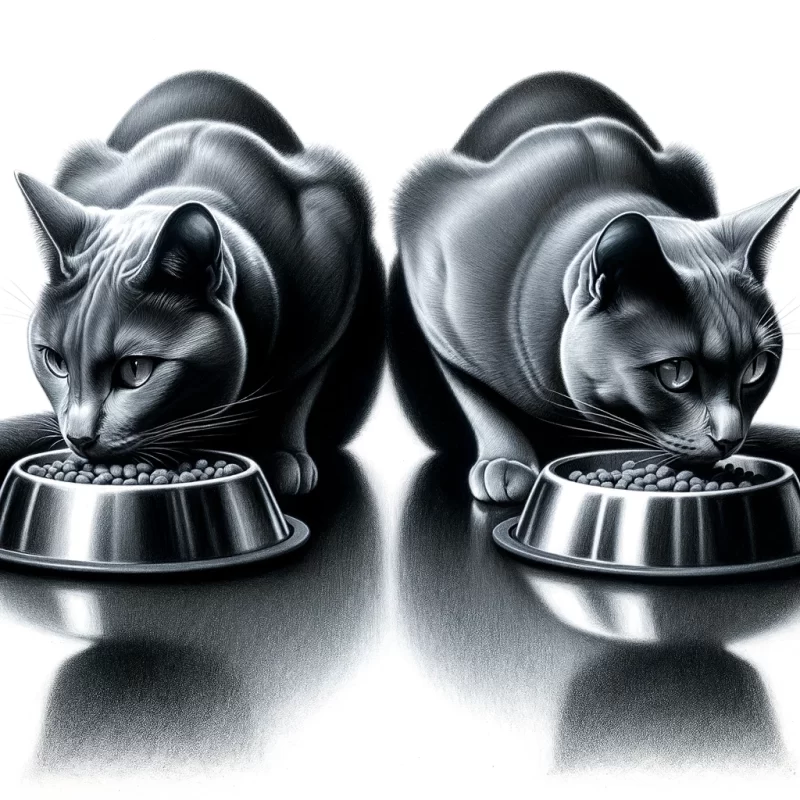
Biodegradable and Recyclable Materials
Selecting cat food packaging made from biodegradable or recyclable materials is pivotal in reducing environmental impact.
- Recycled Cardboard and Paper: Opt for cat food packed in recycled cardboard or paper boxes, which are widely recyclable.
- Biodegradable Plant-based Plastics: Seek out brands that use bioplastics derived from renewable sources like corn starch.
- Metal Cans: Choose cat foods that come in metal cans, as most metals used for packaging are infinitely recyclable and retain their quality.
- Bulk Bins and Reusable Containers: Purchase cat food from bulk bins using your containers to minimise single-use packaging. Strategies aiding in reusability and recycling augment sustainability efforts substantially. Manufacturers employing sustainable packaging signal their commitment to environmental conservation and responsible resource management.
Bulk Buying and Zero-Waste Shops
Bulk buying and sourcing from zero-waste shops significantly curtails packaging waste associated with cat nutrition.
- Evaluate Needs: Ascertain the quantity of cat food required to prevent over-purchasing and potential waste.
- Find a Zero-Waste Store: Locate a shop offering bulk cat food, allowing you to use your own containers.
- Quality Assessment: Ensure the bulk options are high quality and meet feline dietary requirements.
- Commit to a Routine: Regularly visit zero-waste shops to maintain a consistent and sustainable procurement cycle. This approach fosters a reduction in the carbon footprint through diminished packaging materials and transportation emissions. Incorporating zero-waste practices into cat care echoes a profound dedication to sustainability and environmental integrity.
The Role of Cat Food Production in Ecosystems
Cat food manufacturing encompasses more than just nutrition; it significantly impacts local and global ecosystems through resource allocation and waste generation. As experts in feline wellbeing and ecological stewardship, we recognise that every stage of cat food production—from sourcing to manufacturing—carries an environmental footprint that cannot be overlooked. Sustainable cat food production necessitates the integration of environmentally responsible practices throughout the product’s lifecycle.
In particular, the agricultural practices in cultivating protein sources for cat food, such as fish or meat, contribute to habitat change, water use, and emissions. To mitigate these impacts, selecting cat foods made from ethically sourced ingredients that prioritise animal welfare and environmental conservation is crucial. Furthermore, by supporting brands that engage in regenerative agriculture and responsible fishing, cat owners can contribute to preserving and restoring natural ecosystems.
Ultimately, the concept of “eco-friendly” and “sustainable” isn’t limited to the end product—it extends to the methods employed in the food’s production. Embracing a holistic view of sustainability, we must evaluate the complete supply chain to ensure that our feline companions’ diets contribute to our planet’s health.
Organic and Locally-Sourced Ingredients
Incorporating organic and locally sourced ingredients into cat food aligns with several sustainability principles, thus reducing carbon footprints.
Choosing organic cat food minimises exposure to synthetic pesticides and fertilisers, which benefits both feline health and the environment.
Organic farming practices encourage biodiversity and soil fertility, and when such practices are localised, the environmental impact of transportation is vastly diminished.
When cat owners opt for food comprised of organic and regionally procured ingredients, they buoy local economies and reduce reliance on extensive supply chains. This localised paradigm supports sustainable agriculture and lessens the ecological toll often associated with conventional food production methods.
Aquaculture and Its Impacts on Sustainability
Aquaculture, the controlled cultivation of aquatic organisms, can vary significantly in its sustainability credentials. Responsible practices can alleviate some pressures on wild fish populations.
As we delve into aquaculture’s role in producing ingredients for cat food, several layers of complexity unfold. These farms can reduce reliance on over-fished wild stocks, which seems beneficial. However, the scales of efficiency and sustainability must be carefully balanced, as aquaculture operations can also lead to habitat destruction, water pollution, and the depletion of wild fish to feed farmed species. Thus, using aquaculture products in cat food has nuanced implications for aquatic ecosystems and the broader environmental context.
When considering marine-based ingredients, the origin and method of farming are critical considerations. Many aquaculture initiatives have adopted recirculating systems, which mitigate against effluent issues and escapees, reducing environmental impacts. Although a step towards sustainability, these systems can still be resource-intensive, requiring significant energy input, which must be considered when assessing the overall sustainability of aquaculture-derived cat food ingredients.
When integrating aquaculture products into cat food, choosing sources certified by recognised sustainability standards becomes paramount. The sustainability certifications ensure that aquaculture operations minimise adverse environmental impacts and contribute to the conservation of marine ecosystems. This conscious selection aids cat owners in supporting sustainable practices that align with the health of their pets and the integrity of natural habitats.
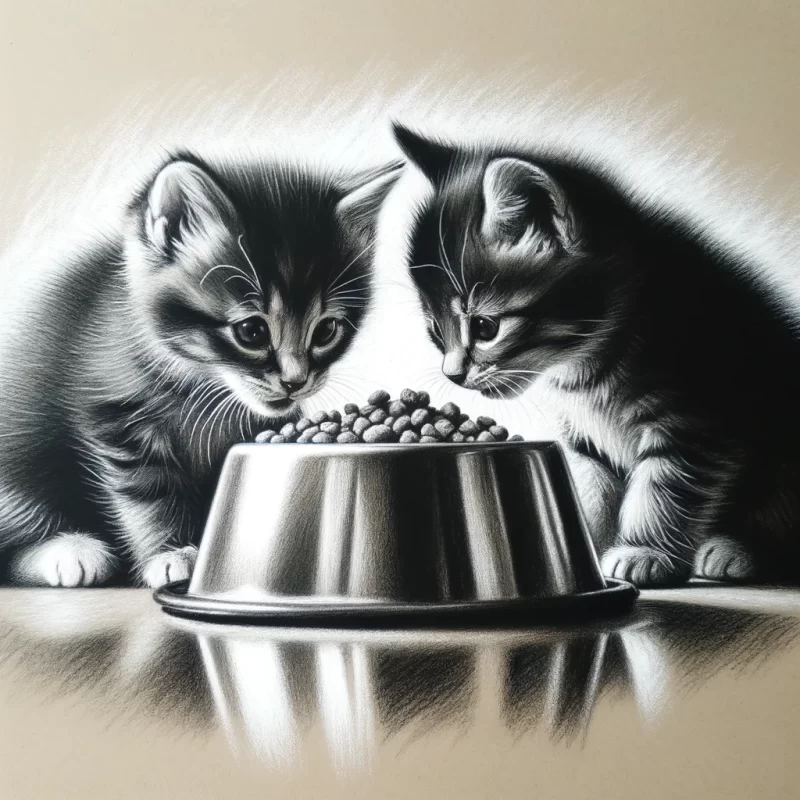
What is the best food to feed your cat?
The best food to feed your cat meets its nutritional needs and promotes overall health and well-being. Cats are obligate carnivores, meaning they require a diet high in animal protein. Therefore, it is recommended to choose a cat food that contains a high-quality source of animal protein, such as chicken, turkey, or fish.
In addition to protein, a cat’s diet should include essential nutrients such as vitamins, minerals, and fatty acids. These nutrients support various bodily functions, including the immune system, skin and coat health, and proper growth and development.
When selecting cat food, it is essential to look for products labelled as “complete and balanced.” This means the food meets the nutritional requirements established by organisations like the Association of American Feed Control Officials (AAFCO). These guidelines ensure that the food provides all the necessary nutrients in the right proportions for optimal feline health.
It’s worth noting that different cats may have specific dietary needs based on age, weight, activity level, and any underlying health conditions. Consulting with a veterinarian can help determine the most appropriate diet for your cat’s needs.
Feeding your cat a combination of wet and dry food can offer benefits. Wet food provides hydration and can help prevent urinary tract issues, while dry food can help maintain dental health. It’s essential to monitor your cat’s weight and adjust the portion sizes to avoid obesity or malnutrition.
When introducing a new type of cat food, it is best to gradually mix it with the old food and gradually increase the amount over several days. Sudden changes in diet can lead to digestive upset.
Remember, providing your cat with a balanced and nutritious diet is one of the critical factors in maintaining its health and ensuring a long and happy life.
Sustainability of Dry Cat Food and Wet Cat Food
The sustainability of cat food extends beyond nutritional considerations to packaging and production methods. When deciding between dry cat food and wet cat food, it is essential to evaluate their environmental impact.
Dry Cat Food
Dry cat food, known as kibble, is popular among cat owners due to its convenience and long shelf life. However, producing dry cat food often involves resource-intensive processes and requires significant energy.
To minimise the environmental footprint of dry cat food, it is crucial to choose brands that prioritise sustainable sourcing of ingredients and utilise energy-efficient manufacturing practices. Opting for dry cat food that comes in recyclable packaging can further contribute to sustainability efforts.
Wet Cat Food
Wet cat food, typically packaged in cans or pouches, offers benefits such as increased moisture content and palatability. However, the packaging of wet cat food can contribute to waste accumulation and resource exploitation.
To mitigate the environmental impact of wet cat food, it is recommended to choose brands that use recyclable or biodegradable packaging materials. Aluminium cans, for example, are infinitely recyclable and retain quality throughout the recycling process. Purchasing wet cat food from bulk bins or reusable containers can significantly reduce single-use packaging waste.
By considering the sustainability practices of both dry and wet cat food, cat owners can make informed choices that align with their eco-conscious values.
When selecting cat food, considering sustainability alongside nutritional requirements is crucial. Opting for ethically sourced, environmentally responsible ingredients can help reduce the ecological footprint of our feline companions’ diets.
Incorporating sustainable protein sources, such as recaptured fisheries byproducts or insect-based proteins, can significantly reduce the carbon footprint without compromising nutritional integrity. Similarly, choosing cat food packaging from biodegradable or recyclable materials can further contribute to sustainability efforts.
By making conscious choices and supporting brands that prioritise sustainability throughout the entire supply chain, cat owners can ensure their feline friends’ diets are not only nutritious but also in harmony with the health and well-being of the planet.
Should cats eat wet or dry food?
When choosing the right food for your cat, wet and dry food is often debated. Each option has its advantages and considerations to take into account.
Wet food, also known as canned food, typically contains higher water content compared to dry food. This increased moisture level can benefit cats, as it helps promote hydration and can be particularly useful for cats with a lower water intake.
Additionally, wet food tends to be more palatable for cats due to its texture and aroma. This can be especially important for fussy eaters or cats with dental issues, as it is generally easier to chew and swallow.
On the other hand, dry cat food, referred to as kibble, also offers some benefits. Dry cat food is more convenient to store and has a longer shelf life than wet food. It also provides a textured surface that helps to mechanically clean the teeth, reducing the buildup of plaque and tartar in cats.
Furthermore, dry cat food is often more energy-dense than wet cat food, meaning that a smaller volume contains a higher concentration of nutrients. This can benefit cats with specific dietary requirements or need to maintain a healthy body weight.
Ultimately, the choice between wet and dry food depends on various factors, including your cat’s needs, preferences, and specific health considerations. It is best to consult your veterinarian to determine the most suitable diet for your furry friend. They can provide personalised recommendations based on your cat’s age, health status, and nutritional requirements.
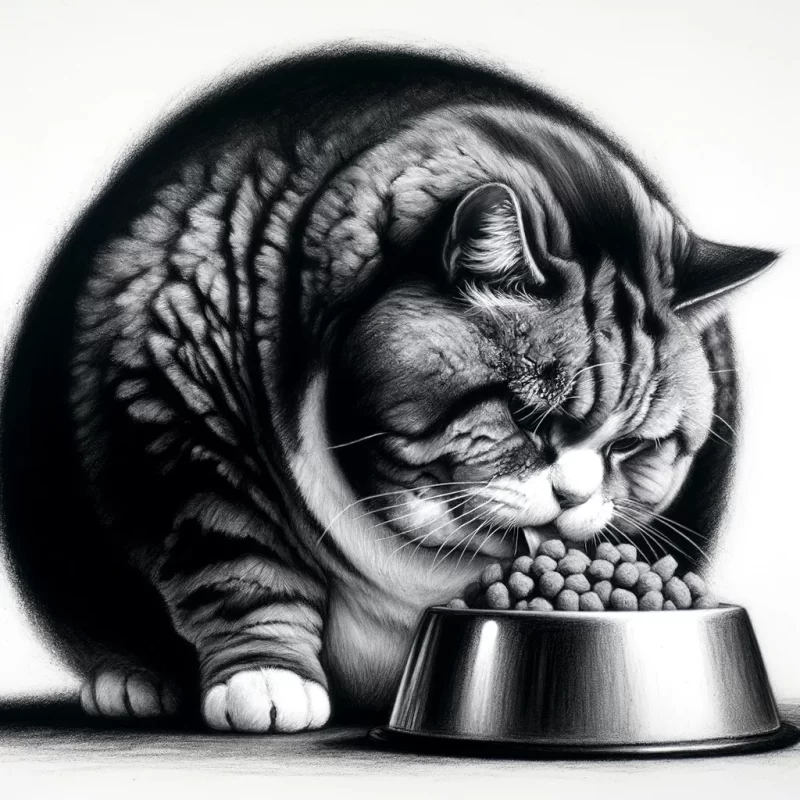
How much should a cat eat a day?
The daily food intake for a cat depends on several factors, such as age, weight, activity level, and overall health. Feeding cats the appropriate amount of food to maintain a healthy weight and provide them with the necessary nutrients is essential.
Generally, adult cats should be fed about 20 calories per pound of body weight per day. This can vary slightly depending on the cat’s metabolism and activity level. It is advisable to consult your veterinarian to determine your cat’s specific daily caloric intake based on their unique needs.
Dividing the daily food portion into multiple small meals throughout the day rather than feeding a large amount at once is recommended. This helps to prevent overeating, promotes digestion, and provides a more consistent energy supply.
Monitoring your cat’s weight and body condition ensures they are neither underweight nor overweight. If your cat starts gaining or losing weight excessively, it may be necessary to adjust their food intake accordingly.
In addition to the quantity, the quality of the food is equally important. Always choose a nutritionally balanced cat food appropriate for their age and health. High-quality commercial cat foods often provide the necessary nutrients in proper proportions.
Remember always to provide fresh water for your cat to drink. Hydration is essential for their overall health and well-being.
While these are general guidelines, it is essential to remember that each cat is unique. Regular veterinarian check-ups and discussions about your cat’s dietary needs are crucial to ensure they receives the appropriate amount of food to maintain their optimal health.
Is wet or dry cat food better?
Both wet and dry cat food have advantages and disadvantages, and the choice ultimately depends on your cat’s specific needs and preferences.
Wet cat food, or canned food, contains more moisture than dry cat food. This can be beneficial for cats who don’t drink enough water or have urinary tract issues, as it helps to promote hydration. The high moisture content can also aid in maintaining urinary health and preventing some kidney-related matters.
Furthermore, wet cat food often has a richer and more appealing smell and flavour, which can be enticing for picky eaters or cats with dental issues. It is also easier to chew and digest, making it suitable for kittens or older cats with dental problems or sensitive stomachs.
On the other hand, dry cat food, also called kibble, offers several advantages. It is more convenient to store and has a longer shelf life than wet cat food. Dry food is generally more affordable and can be left out for free feeding, allowing your cat to eat at their own pace. Additionally, chewing on dry kibble can help keep your cat’s teeth clean by reducing plaque and tartar buildup.
However, it is essential to note that some cats may not drink enough water when eating dry cat food, which could lead to dehydration or urinary issues. Additionally, some cats may need help finding dry food that is palatable or appetising as wet food, which may not be the best option for cats with dental issues or sensitivity.
Ultimately, choosing between wet and dry cat food depends on your cat’s needs, health concerns, and dietary preferences. It is always recommended to consult your veterinarian to determine the best feeding option for your feline companion.
When should you change cat food brands?
It is important to consider changing cat food brands under certain circumstances. While cats generally prefer consistency in their diet, some situations may warrant a transition to a new brand of cat food. Here are some factors to consider:
- Health concerns: If your cat is experiencing specific health issues, such as allergies, digestive problems, or urinary tract issues, a change in the cat food brand might be necessary. Consult with your veterinarian, who can recommend a cat food brand that addresses your cat’s specific health needs.
- Age and life stages: Cats have different nutritional requirements at various life stages. Kittens, adult cats, and senior cats have unique dietary needs. Transitioning to a different cat food brand explicitly formulated for your cat’s life stage can support their growth, development, and overall health.
- Ingredient changes: If the cat food brand you are currently using undergoes a significant change in ingredients or formulation, it may be necessary to switch brands. Cats can have individual sensitivities or intolerances to certain ingredients, and a change in formulation might not suit their dietary needs.
- Quality concerns: If you have concerns about the quality or safety of the cat food you currently use, exploring other brands may be worthwhile. Look for cat food brands that undergo rigorous testing, have good manufacturing practices, and use high-quality ingredients.
- Preference and palatability: Cats can be selective about their food preferences. While it is generally recommended to avoid frequent brand changes, if your cat consistently refuses to eat their current brand, it may be worth trying a different brand that aligns with their taste preferences.
When considering a transition to a new cat food brand, it is crucial to do it gradually. Sudden changes can upset a cat’s digestion and lead to stomach upset.
Mix small amounts of the new cat food with the existing brand, gradually increasing the proportion over several days until the transition is complete.
Remember, before making any changes to your cat’s diet, it is always best to consult with your veterinarian for specific recommendations tailored to your cat’s unique needs.
Time for a Sustainable Choice!
In conclusion, choosing the right cat food for our beloved felines is not only crucial for the health and well-being of our feline friends but also for the sustainability of our planet. By considering both our cats’ nutritional needs and their food’s environmental impact, we can make optimal choices that benefit both our pets and the world we live in.
Throughout this blog post, we have explored the various factors to consider when selecting cat food from a sustainability perspective. We have discussed the importance of choosing high-quality, ethically sourced ingredients and the benefits of supporting brands prioritising eco-friendly packaging and manufacturing practices.
Additionally, we have highlighted the significance of understanding the nutritional requirements of cats, such as the need for a balanced diet that includes essential nutrients like protein, fats, and vitamins. By providing our cats with a well-rounded and nutritious diet, we can help promote their overall health and longevity.
Remember, your choices can make a difference as a sustainable cat owner. By selecting cat food options prioritising sustainability and health, you provide the best for your feline companion and a more sustainable future.
